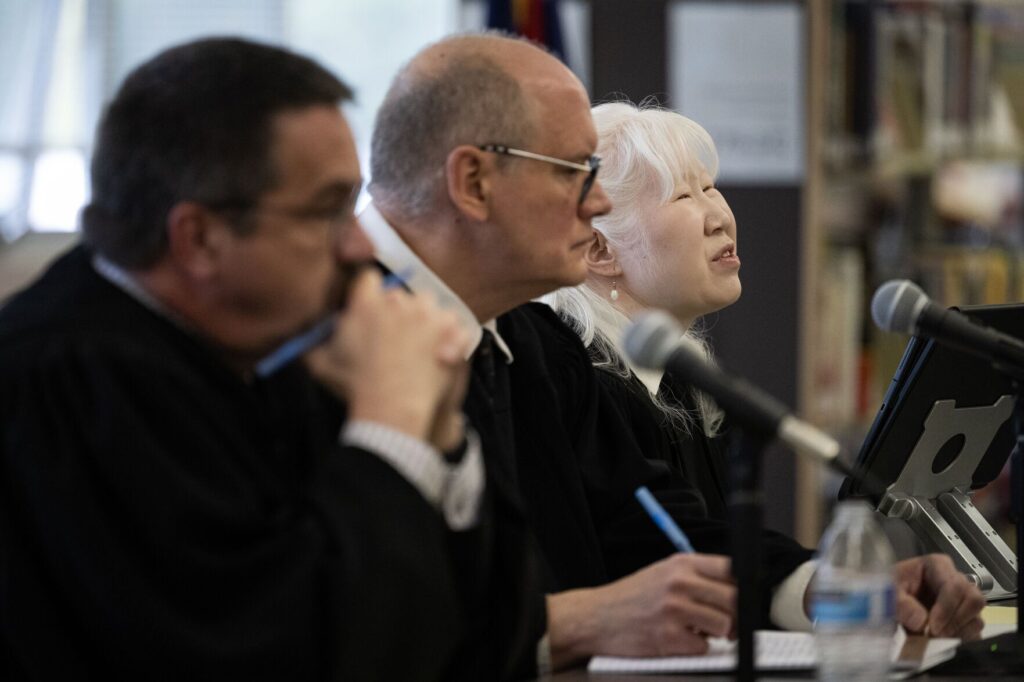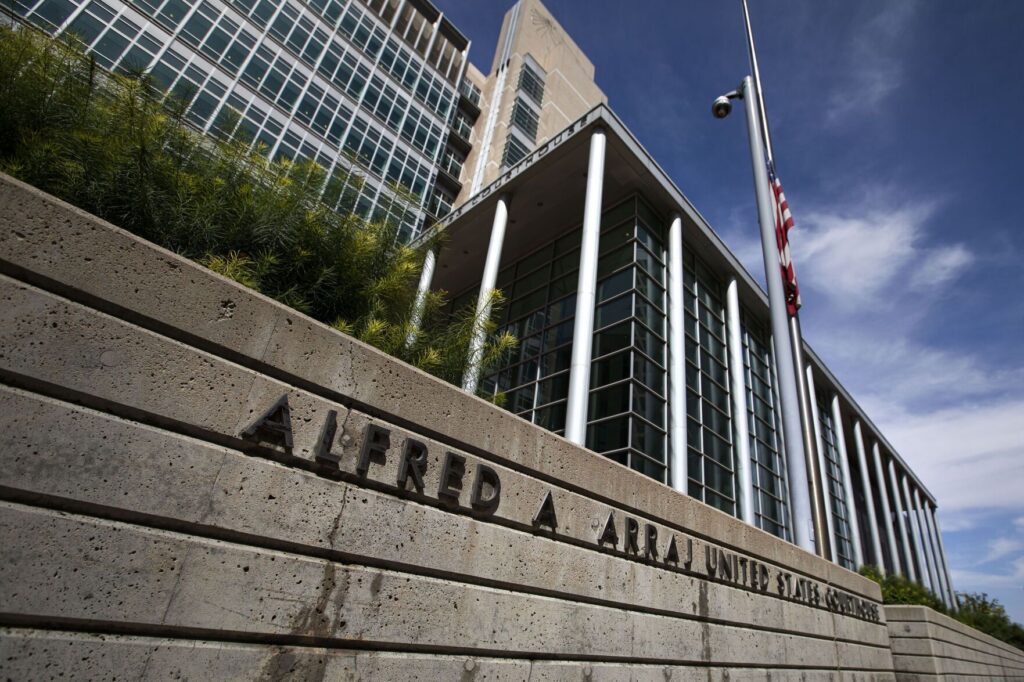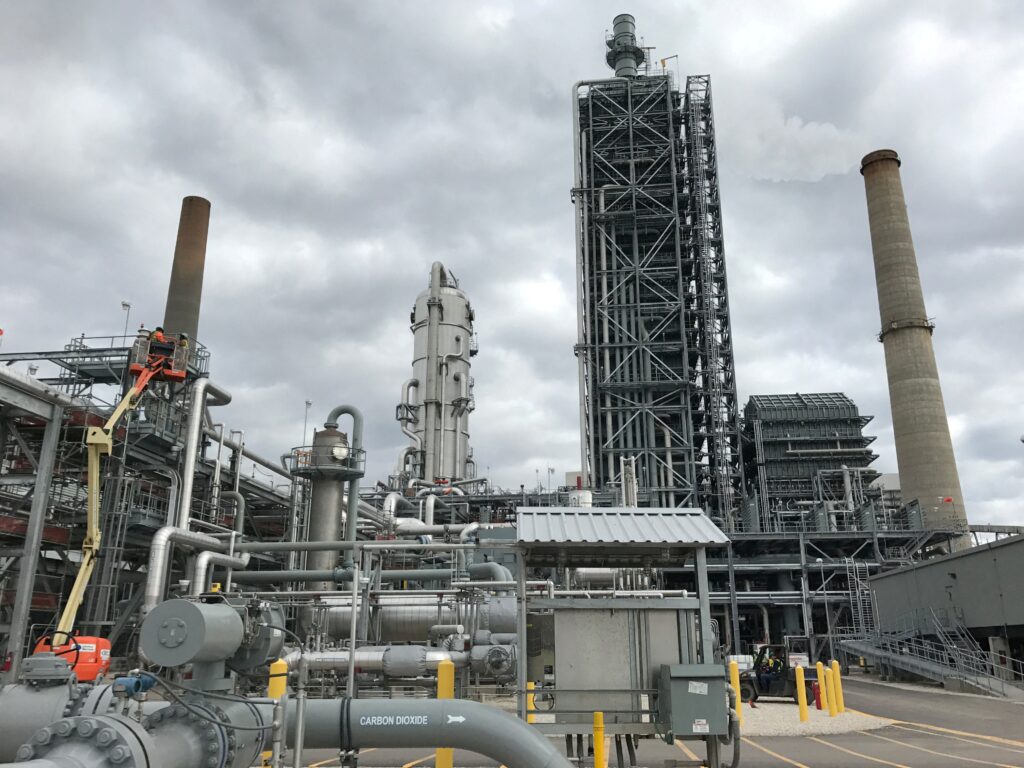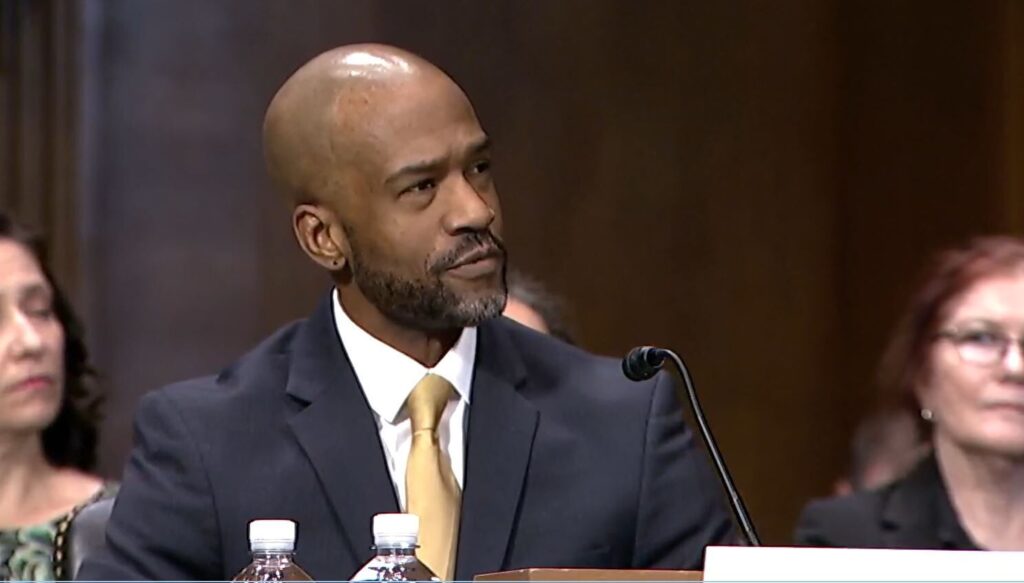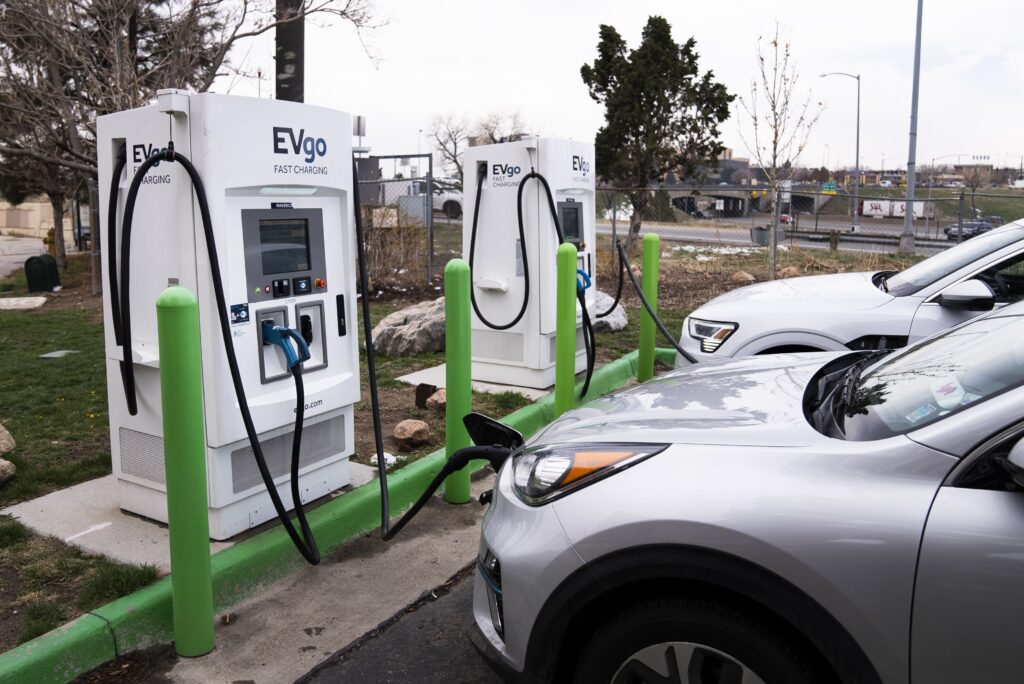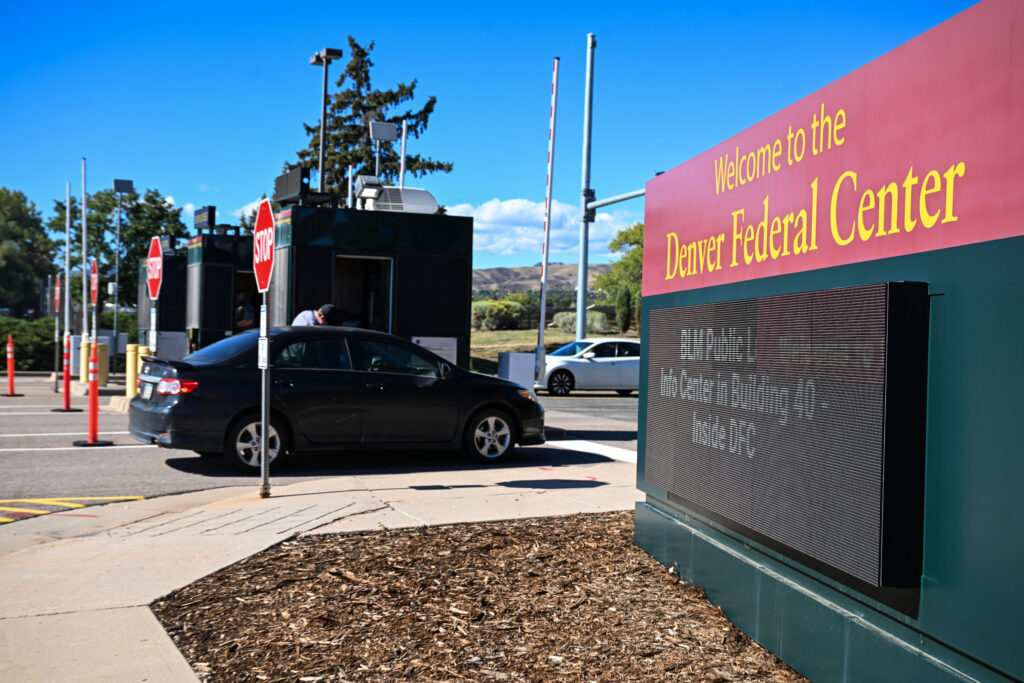Health departments urge testing for radon
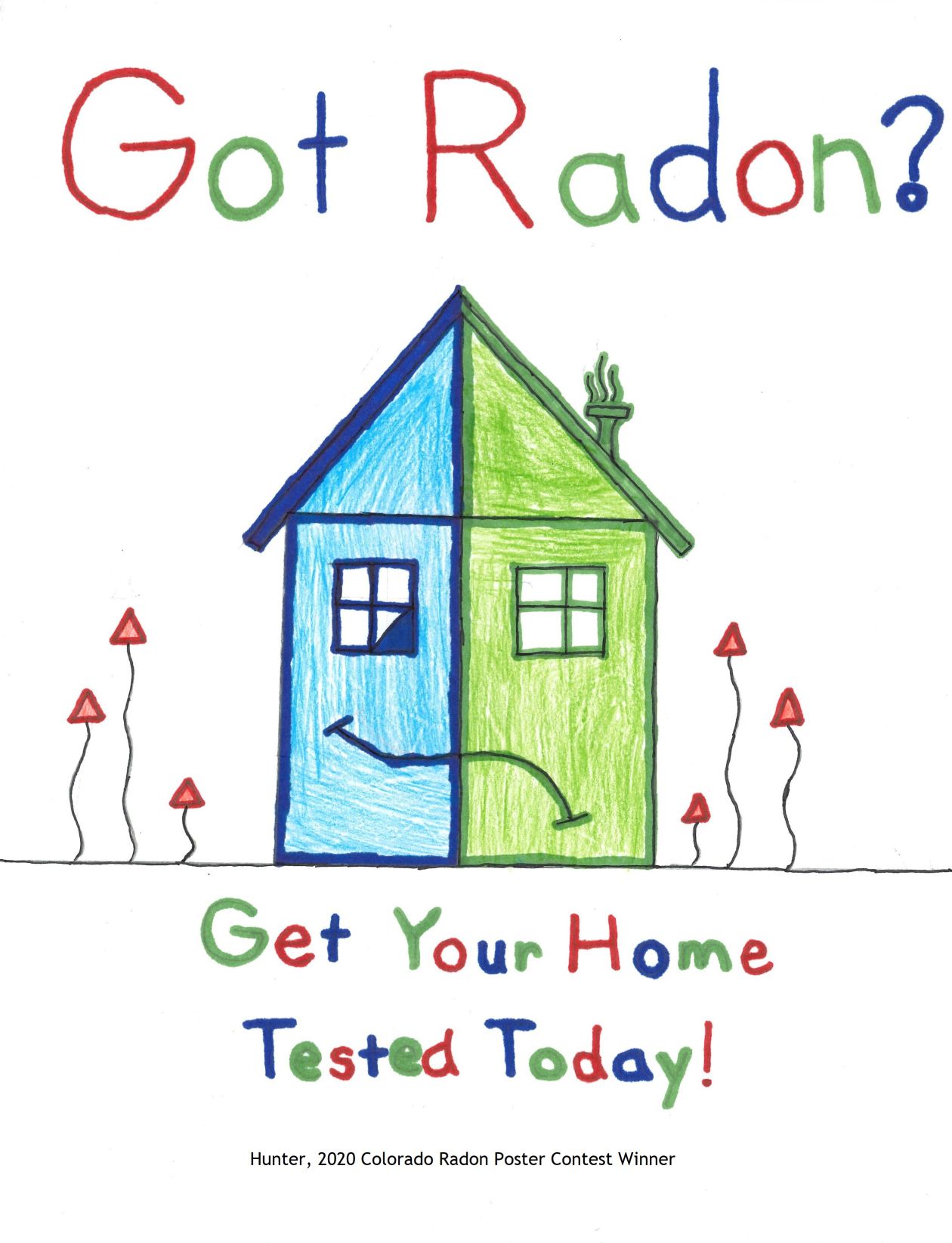
The state’s largest jurisdictions are encouraging residents to test for a cancer-causing gas during Radon Action Month in January.
“This is the leading cause of lung cancer for non-smokers,” said Robert McDonald, the executive director of the Denver Department of Public Health & Environment. “Radon decays into radioactive particles. When inhaled, it can damage the DNA in sensitive lung cells.”
Approximately 500 Coloradans die each year due to radon-related lung cancer. DDPHE has 700 free testing kits available at the Wellington E. Webb Municipal Office Building, which it encourages residents to pick up by making an appointment through 3-1-1.
For homes that show elevated levels of radon, DDPHE recommends performing a second test. If the subsequent test confirms the results, homeowners can hire a radon mitigation contractor. Low-income residents are eligible for financial assistance through the Colorado Department of Public Health and Environment.
In El Paso County, program manager Marla Luckey advised taking wintertime home measurements. “Homes test high for radon consistently throughout the county, and the only way to know if your home has a high level is to test,” she said. “A short-term test is very easy to use and is best completed during the winter months, when windows and doors are generally closed.”
The Colorado Springs Radon Measurement Lab has testing kits for sale ranging in price from $30 to $65.
Radon is a colorless, odorless gas that derives from the breakdown of uranium in soil, rock, and water. It most commonly enters homes by seeping through the foundation.
The U.S. Environmental Protection Agency has designated each of the over 3,100 counties as being in one of three zones, and the entire state of Colorado is in Zone 1. All 64 counties have a predicted indoor average radon amount above the level at which the EPA recommends mitigation take place.
Colorado Politics Must-Reads:


